
Enolia Pettigen McMillan was an American educator, civil rights activist, and community leader and the first female national president of the NAACP.

Paul Laurence Dunbar High School, is a public high school in Baltimore, Maryland, United States.
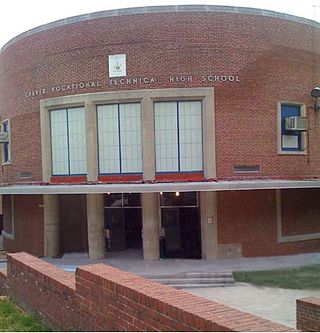
Carver Vocational-Technical High School – fully George Washington Carver Vocational-Technical High School – also known as Carver Vo-Tech, is a public vocational-technical high school located in the western part of Baltimore, Maryland, United States and part of the Baltimore City Public Schools system.

Frederick Douglass High School, established in 1883, is an American public high school in the Baltimore City Public Schools district. Originally named the Colored High and Training School, Douglass is the second-oldest U.S. high school created specifically for African American students. Prior to desegregation, Douglass and Paul Laurence Dunbar High School were the only two high schools in Baltimore that admitted African-American students, with Douglass serving students from West Baltimore and Dunbar serving students from East Baltimore.
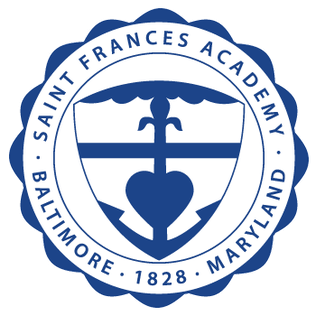
Saint Frances Academy is an independent Catholic high school in Baltimore, Maryland. Founded in 1828, it is the first and oldest continually operating Black Catholic school in the United States.
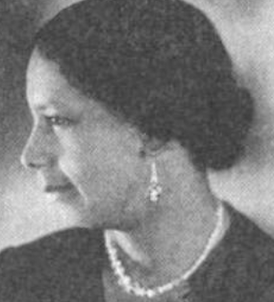
Lillie May Carroll Jackson, pioneer civil rights activist, organizer of the Baltimore branch of the NAACP. Invariably known as "Dr. Lillie", "Ma Jackson", and the "mother of the civil rights movement", Lillie May Carroll Jackson pioneered the tactic of non-violent resistance to racial segregation used by Martin Luther King Jr. and others during the early civil rights movement.
Desegregation of the Baltimore City Public Schools took place in 1956 after the United States Supreme Court ruled, in the case of Brown v. Board of Education, that segregation in schools went against constitutional law. Desegregation of U.S. schools was part of the civil rights movement. The events that followed desegregation in Baltimore, were important to the civil rights movement across America. Recent scholarship has identified Baltimore's desegregation as an important precursor to the Greensboro sit-ins.

Eastern High School, established in 1844 along with its sister school Western High School, was a historic all-female, public high school located in Baltimore City, Maryland, 21218, U.S.A. Its final building, at 1101 East 33rd Street, is to the west of The Baltimore City College, also at 33rd Street, and across the street from the former site of Memorial Stadium. E.H.S. was operated by the Baltimore City Public Schools system at successive locations until it was closed in 1986. The final building was renovated in the 1990s and is currently owned and used for offices by the Johns Hopkins Medical Institutions. It was listed on the National Register of Historic Places in 2000.

Maryland State Department of Education (MSDE) is a division of the state government of Maryland in the United States. The agency oversees public school districts, which are 24 local school systems—one for each of Maryland's 23 counties plus one for Baltimore City. Maryland has more than 1,400 public schools in 24 public school systems, with a 2019 enrollment of approximately 900,000. Of the student body, 42% are on FARMS and 22% are Title 1.

Black schools, also referred to as "colored schools", were racially segregated schools in the United States that originated after the American Civil War and Reconstruction era. The phenomenon began in the late 1860s during Reconstruction, when Southern states under biracial Republican governments created public schools for the formerly enslaved. They were typically segregated. After 1877, conservative whites took control across the South. They continued the black schools, but at a much lower funding rate than white schools.
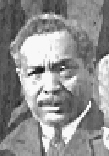
William Ashbie Hawkins (1862–1941) was a lawyer in Baltimore, Maryland, who litigated prominent civil rights cases. One of Baltimore's first African American lawyers, he was born in Lynchburg, Virginia, on August 2, 1862, to Reverend Robert and Susan Cobb Hawkins. One of Hawkins grandsons, Cromwell Ashbie Hawkins West, fabricated a Native American identity for himself and went by the name "Red Thunder Cloud".
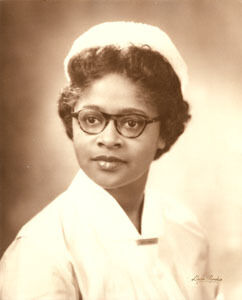
Esther McCready was a nurse and teacher who desegregated the University of Maryland School of Nursing in 1950. The case was filed in 1949 in Baltimore City Court by National Association for the Advancement of Colored People lawyers Charles Hamilton Houston and Donald Gaines Murray. After the court sided with the university, the case went to the Maryland Court of Appeals, where it was argued by Houston, Murray, and Thurgood Marshall. The lower court's ruling was overturned by the Maryland Court of Appeals, and McCready began classes on September 5, 1950. She is in the Maryland Women's Hall of Fame.

Harvey Johnson was a leading African American pastor, activist, and longtime leader of the Union Baptist Church during the 19th century and early 20th century.
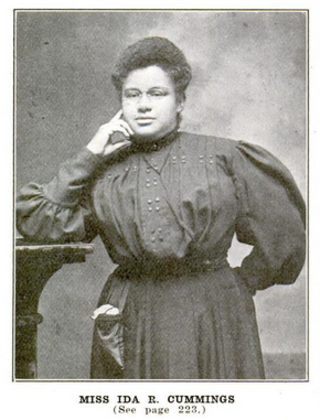
Ida R. Cummings was an American teacher and clubwoman, based in Baltimore, Maryland. She was an officer of the National Association of Colored Women's Clubs in the 1910s.

Nellie Louise Young was the first African American woman licensed to practice medicine in Maryland.

Established June 2, 1885, in Baltimore, Maryland, the Mutual United Brotherhood of Liberty sought to remove social injustices and protect the civil rights of the black minority by fighting against the strictures of the Jim Crow Era. The Brotherhood of Liberty used legal means to protect the civil rights of African American people. The Brotherhood of Liberty was founded by Rev. Harvey Johnson, a pastor at Union Baptist Church, and other local pastors, Ananias Brown, William Moncure Alexander, Patrick Henry Alexander, John Calvin Allen, and W. Charles Lawson. They advocated for the right of colored people to practice law in Maryland. The Brotherhood of Liberty created schools for the black community and were pioneers in assisting colored people in getting a better education, being united, and improving their standard of living.
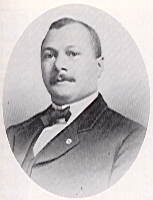
Harry Sythe Cummings was a lawyer, fraternal leader, and the first African American Councilman of Baltimore City. Born to Henry and Eliza Cummings in 1866, he was the second eldest of eight children. Due to the lack of educational opportunities in Baltimore, Cummings attended Lincoln University where he received his bachelor's degree. He later attended University of Maryland School of Law where he became one the first African Americans to graduate from the program in 1889. During his notable career, Harry Cummings founded the 1st Manuel Training School for Colored Youth in Baltimore City which at the time was named Colored Polytechnic Institute. His political vocation, was not limited to Baltimore. In 1904, Cummings delivered a speech at the Republican National Convention endorsing the presidency of Theodore Roosevelt.
James H. N. Waring, also known as J. H. N. Waring, was an educator and physician who practiced in Washington, D.C. and Baltimore, Maryland. He implemented trade courses in Baltimore and studied societal pressures on African Americans. During World War II, he treated soldiers at Camp Devens during the Spanish flu epidemic. He sat on the Board of Trustees of his alma mater, Howard University.

Margaret Briggs Gregory Hawkins, worked as a schoolteacher and later became known for her activism on behalf of African Americans and women. She was inducted into the Maryland Women's Hall of Fame in 2021.

Caroline Rebecca Le Count was an African-American educator and civil rights figure from Philadelphia, Pennsylvania. She is often compared to activist Rosa Parks for her early efforts to desegregate public transportation.
















